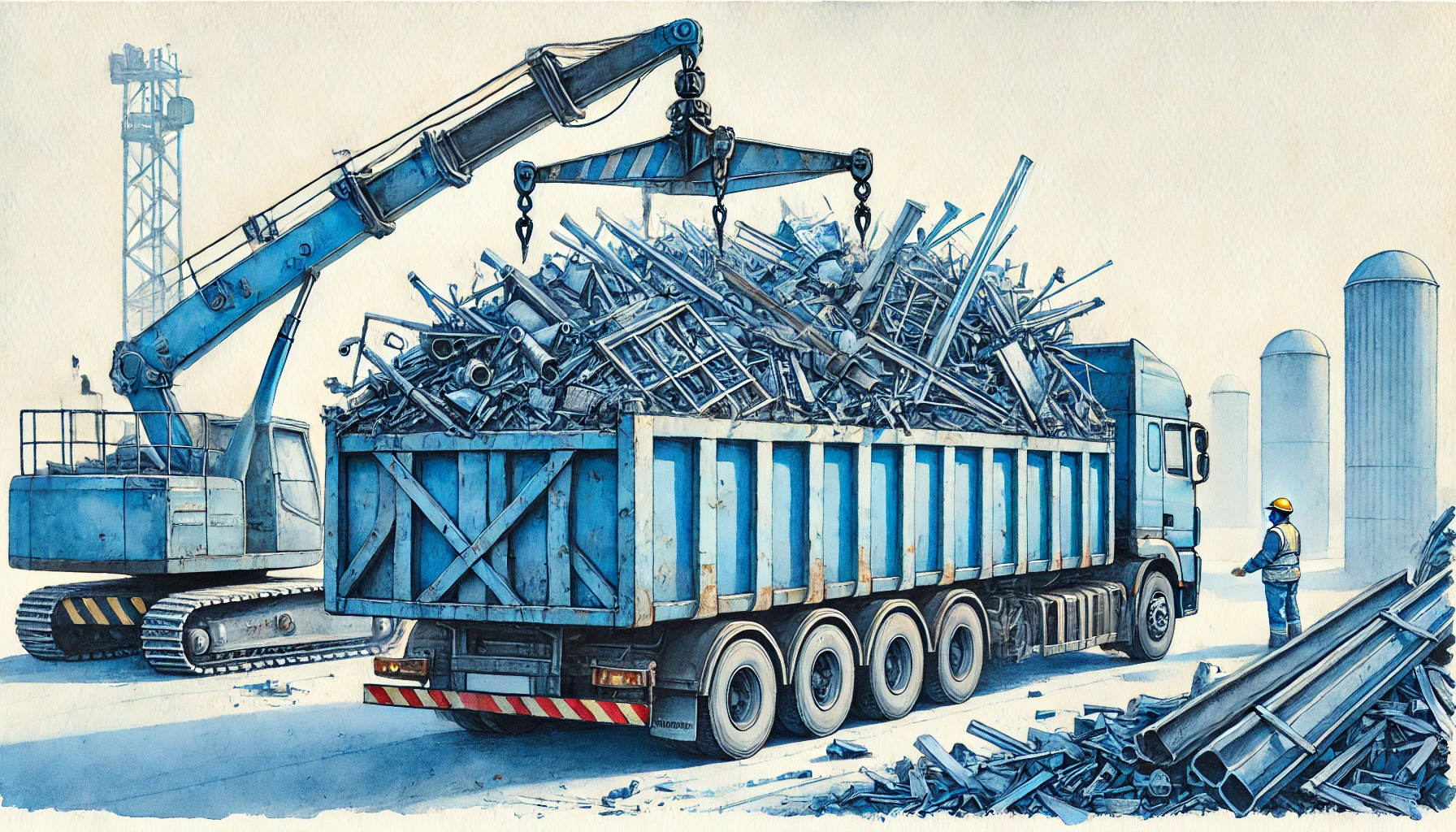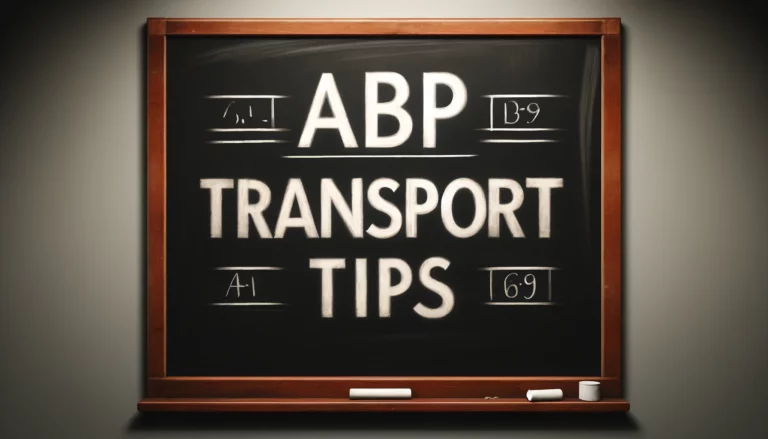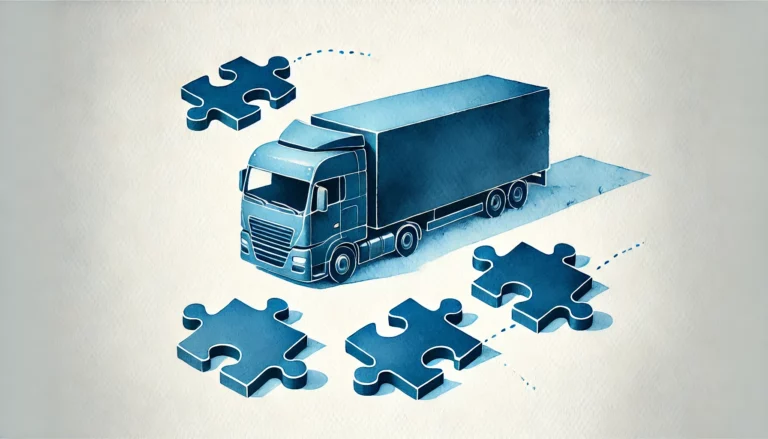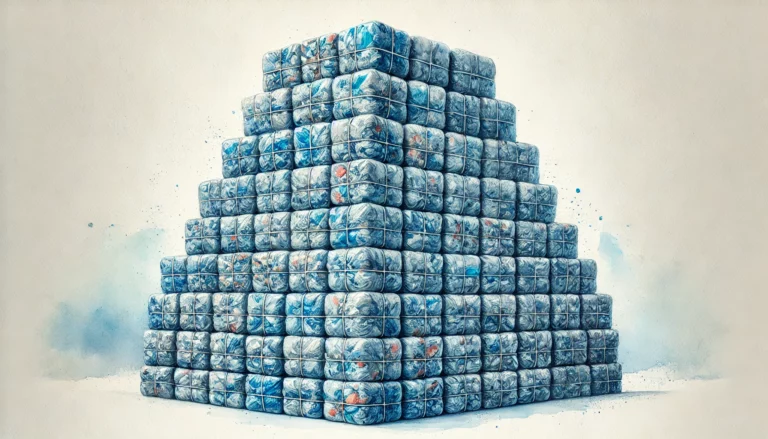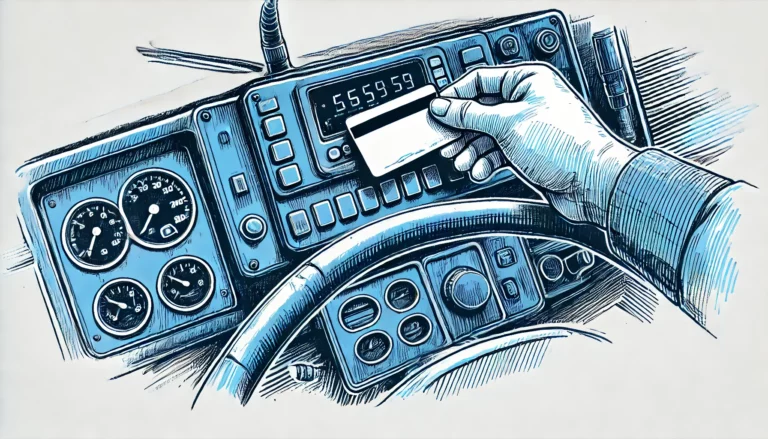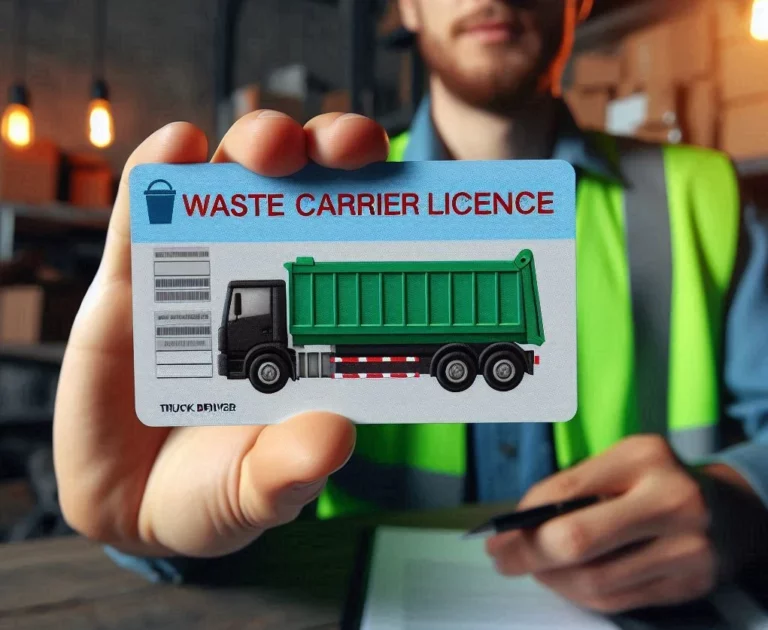Metal waste vs. scrap: exporting and recycling across Europe
Metal waste is more than just scrap—it’s a critical resource fueling Europe’s transition to a circular economy. With rising demand from industries and tighter EU regulations, exporting metal waste for recycling requires more than good intentions. This guide walks you through the essential steps, challenges, and opportunities for turning metal waste into value—legally, efficiently, and sustainably.
Do you need help with waste management? Contact us:
Metal waste (ferrous and non-ferrous) plays a pivotal role in diverse industries across Europe—such as automotive, construction, aerospace, and manufacturing. It powers both traditional steel mills and advanced electric arc furnace (EAF) operations. The European recycled metal market reached approximately USD 78.7 million in 2023 and is projected to grow at a 5.8% CAGR (Compound Annual Growth Rate) through 2030.
In 2023, the EU exported around 21 million tonnes of metal scrap—comprising over half (54%) of all recyclable raw materials exports. The largest buyers included Turkiye (12.2 Mt), India (5.2 Mt), and the UK (3.5 Mt). Meanwhile, imports into the EU signaled rising demand from emerging markets. These massive flows underscore why smooth, compliant export operations matter for European businesses.
Is metal waste the same as scrap?
While often used interchangeably in everyday conversation, metal waste and scrap are not synonymous from a regulatory or operational perspective. This distinction carries substantial implications for classification, transport, and recycling.
“Scrap” typically refers to metallic materials that have been prepared for recycling: they’re sorted, cleaned, and ready for direct remelting or reuse. In contrast, “metal waste” is a broader category. It includes contaminated or mixed materials, metallic elements attached to other waste types, or discarded products not yet processed into recyclable form. For example, a crushed car or a demolished structure’s remnants may be classified as metal waste—until they undergo separation and treatment that qualifies them as scrap.
The confusion stems largely from market language, where recyclers and buyers often refer to any metallic discard as “scrap.” However, under European waste legislation, accurate classification is crucial. The chosen waste code influences regulatory responsibilities, documentation, and treatment routes. Mislabeling waste as scrap can lead to legal penalties, especially during cross-border shipments.
Understanding these nuances ensures that businesses remain compliant and can navigate the administrative processes surrounding metal waste export and recycling without risk.
Types of metal waste and how they’re reused
- Ferrous scrap (iron/steel)
- Origin: End-of-life vehicles, construction, manufacturing.
- Demand: Strong across EU; 56% of EU steel is produced using scrap. Large exporters include Germany, Italy, and the Netherlands.
- Non-ferrous scrap (copper, aluminum, brass)
- Copper: Recycled by major processors like Aurubis (DE); in demand in Turkey and ME.
- Aluminum: EU recycles ~75% of produced aluminum; can exports from EU: 76% recycling rate in 2021.
- Mixed metal waste
- Includes coated or composite fragments from E&E equipment or vehicles; requires preprocessing.
- Often processed by specialized recyclers in Germany, Sweden, and Poland.
- Hazardous metal-containing waste
- From industrial residues or batteries; subject to stringent controls under EU and Basel rules.
Why it’s hard—but valuable: Mixed compounds require cleaning/sorting, but recovered metals reduce CO₂ emissions (e.g., recycled steel saves ~1.67 t CO₂ per tonne).
How to legally export metal waste: procedures & paperwork simplified
Exporting metal waste involves complex documentation to comply with EU Regulation 1013/2006 (valid until 21 May 2026) and emerging Regulation 2024/1157:
- Notification/consent forms: Required before shipment to non-EU destinations—ensures recipient capacity and environmental compliance.
- Contract for shipment: Clearly states waste types, classification (EU codes), quantities, destinations, responsibilities.
- Waste characterization report: Chemical, physical profile—avoids misclassification.
- Carrier and recipient permits: Proof that all parties have proper recycling or transport licenses.
- Customs and transit documents (CMR, T1): Especially for intra-EU and extra-EU shipments.
- Proof of recovery: Confirmation from recycling facility that waste was processed as intended.
Every document ensures traceability, legal compliance, and reduces risk of shipment being blocked, returned, or penalized.
The hidden challenges in Europe’s metal waste industry
The European metal waste industry is at a crossroads, driven by shifting regulatory landscapes, increasing domestic demands, and evolving global trade dynamics. One of the most pressing developments is the European Commission’s proposal to restrict exports of certain metal waste streams. With up to 19 million tonnes of metal scrap potentially affected, this policy shift could drastically alter global and intra-European trade flows.
These proposed restrictions aim to retain more valuable raw materials within the EU, promoting local recycling and circular economy strategies. However, while beneficial for domestic processors and steelmakers, these measures introduce significant uncertainties for exporters. Countries like Germany, the Netherlands, and Poland—traditionally large scrap exporters—must now reconsider their logistics and client relationships.
Growing demand for scrap metal
At the same time, the transition toward greener steel production methods, such as Electric Arc Furnace (EAF) technologies, amplifies scrap demand across the continent. Nations like Spain, Italy, and Sweden are rapidly expanding their EAF capacities, intensifying the internal competition for high-quality scrap. This internal demand surge could eventually offset the export limitations, driving prices up and reshaping business models.
Adding to the complexity is price volatility on the global scrap market. Fluctuating prices make long-term contracts risky and demand careful navigation of financial planning and inventory management. Moreover, evolving Basel Convention updates and environmental compliance frameworks increase the administrative burden on exporters.
These challenges collectively require businesses to rethink their strategies, prioritize transparency, and foster partnerships that align with long-term sustainability and legal compliance goals. The future of the metal waste sector will depend on adaptability, informed planning, and robust regulatory insight.
How we help: Waste Transport Solutions in action
Waste Transport Solutions (Ekologistyka24 Group) offers end-to-end support:
- Documentation management: Complete forms, contracts, permits, and export authorizations.
- Stakeholder vetting: We validate carriers and recyclers across Europe, ensuring legal credentials.
- Logistics coordination: Optimizing shipment routes, handling customs/transit crossings, and discharge.
- Risk mitigation: Proactive awareness of new export restrictions and evolving regulations.
- Post-export assistance: Confirming final recovery, issuing client certificates, and maintaining audit trails.
We empower you to confidently export metal waste—legally, reliably, and profitably. Contact us today.
FAQ – Most commonly asked questions about metal waste export and recycling
Transport
Top importers include Turkiye, India, South Korea and Vietnam. China used to lead but has reduced imports due to stricter waste import policies. These countries rely on imported scrap metal as a raw material for manufacturing.
Yes. Cross-border movement is regulated by the Basel Convention, the EU Waste Shipment Regulation, and national laws. Non-hazardous waste may be subject to simplified procedures, but hazardous waste exports require prior consent and full documentation.
In general, exports of hazardous or non-cleaned waste to non-OECD countries are banned under EU and international law. Clean, sorted, and recyclable metals may be exported but under strict conditions.
Environmental dumping refers to shipping low-grade or contaminated waste to countries with weak environmental laws. The Basel Convention and EU Green Deal aim to eliminate this by imposing stricter export controls and improving domestic recycling infrastructure.
Documentation & Procedures
Depending on the destination and waste classification, you may need:
– Waste classification report (LoW code)
– Notification and movement documents (for hazardous waste)
– Annex VII form (for non-hazardous waste within OECD)
– CMR transport document
– Customs declarations and invoices
Yes. Exporters typically need to obtain an export permit or complete a pre-notification process when handling hazardous materials. Additionally, if they choose not to rely on a third party and decide to transport the waste themselves, they will also be required to register as a licensed waste carrier.
Annex VII is a mandatory document for non-hazardous waste shipments within the EU and OECD countries. It includes information on the waste, carrier, sender, receiver, and transport route.
Misclassified waste can lead to the shipment being refused at the border, returned at the sender’s expense, or result in legal penalties. It’s crucial to verify the waste code with an environmental consultant or local authority before the export operation.
Recycling
Scrap metal includes ferrous metals (like steel, iron) and non-ferrous metals (like copper, aluminum, brass) that are no longer usable in their current form but can be recycled into new products.
Main steps include:
– Collection & sorting by type (ferrous vs. non-ferrous)
– Shredding or cutting to reduce size
– Separation using magnets or eddy current separators
– Melting in furnaces
– Purification and casting into ingots for reuse
With a magnet test: ferrous metals are magnetic (e.g., steel), while non-ferrous metals are not (e.g., copper, aluminum).

